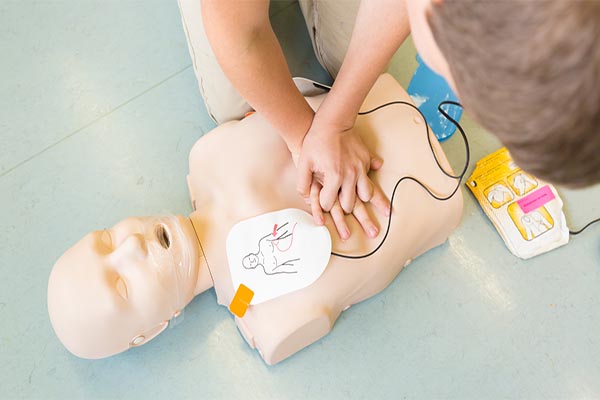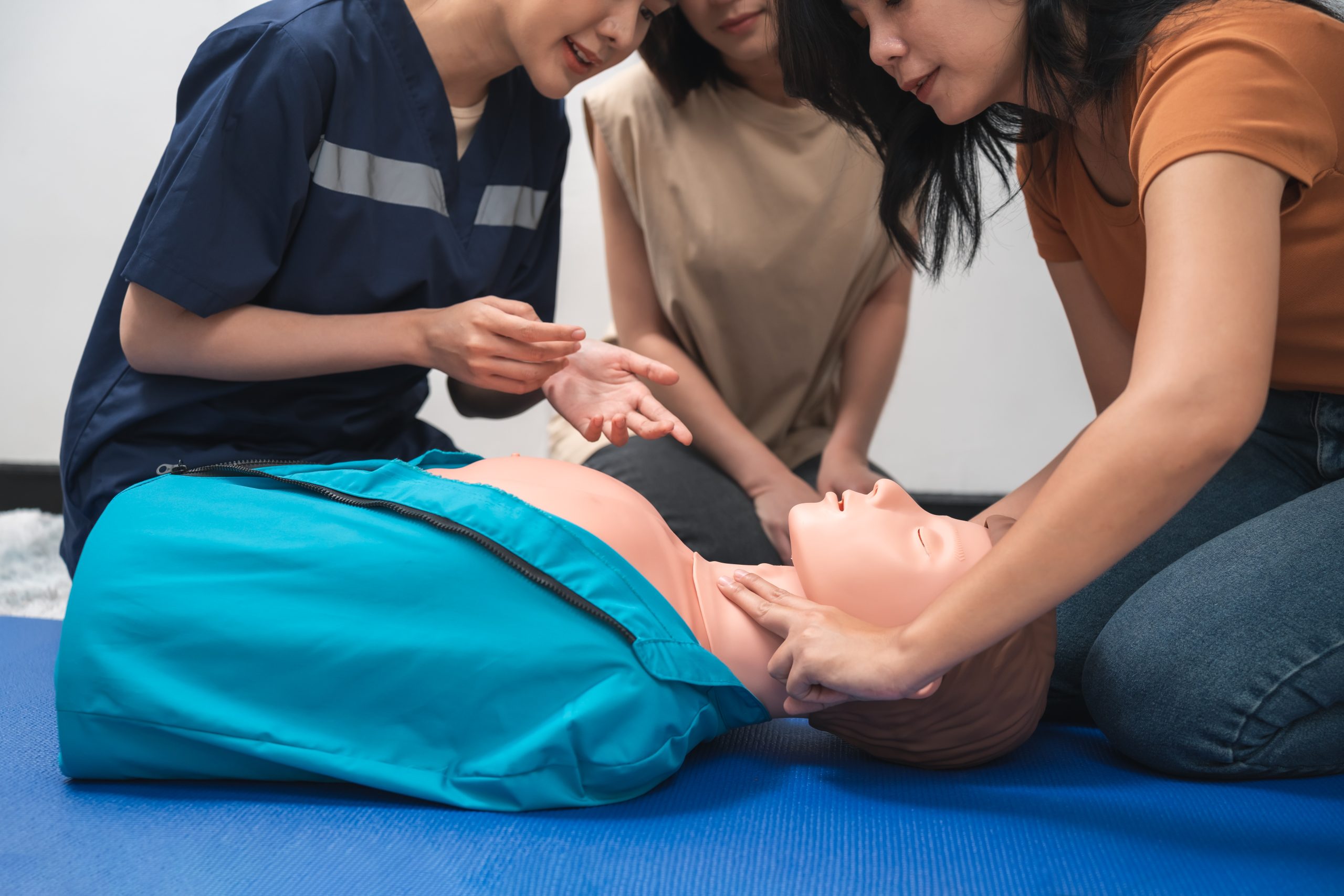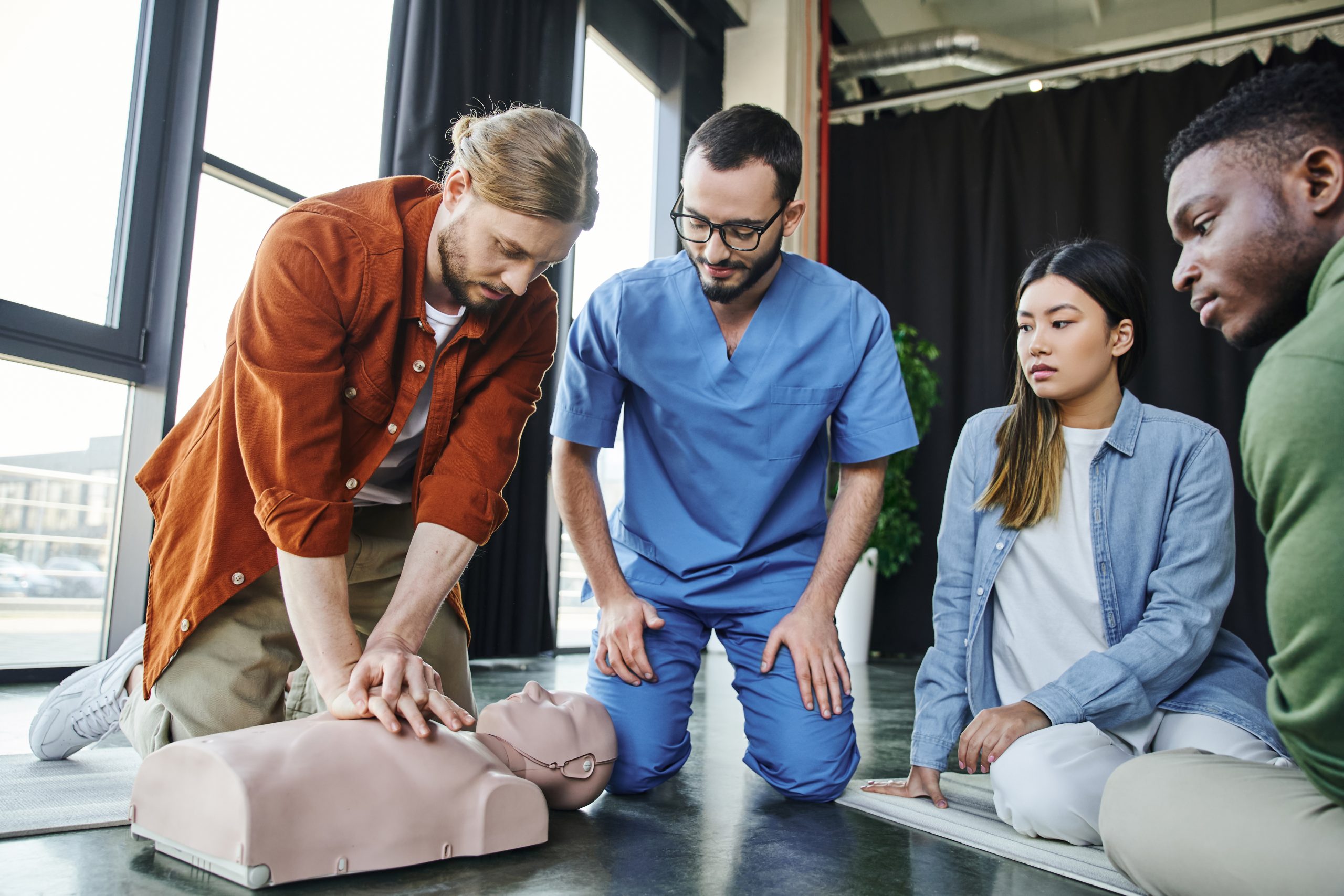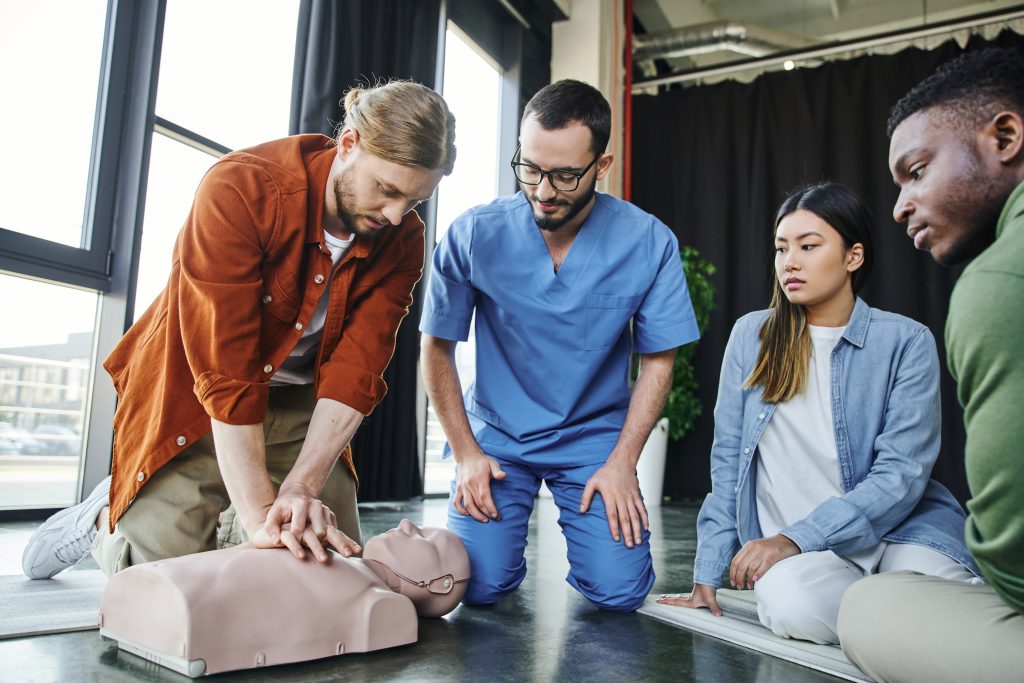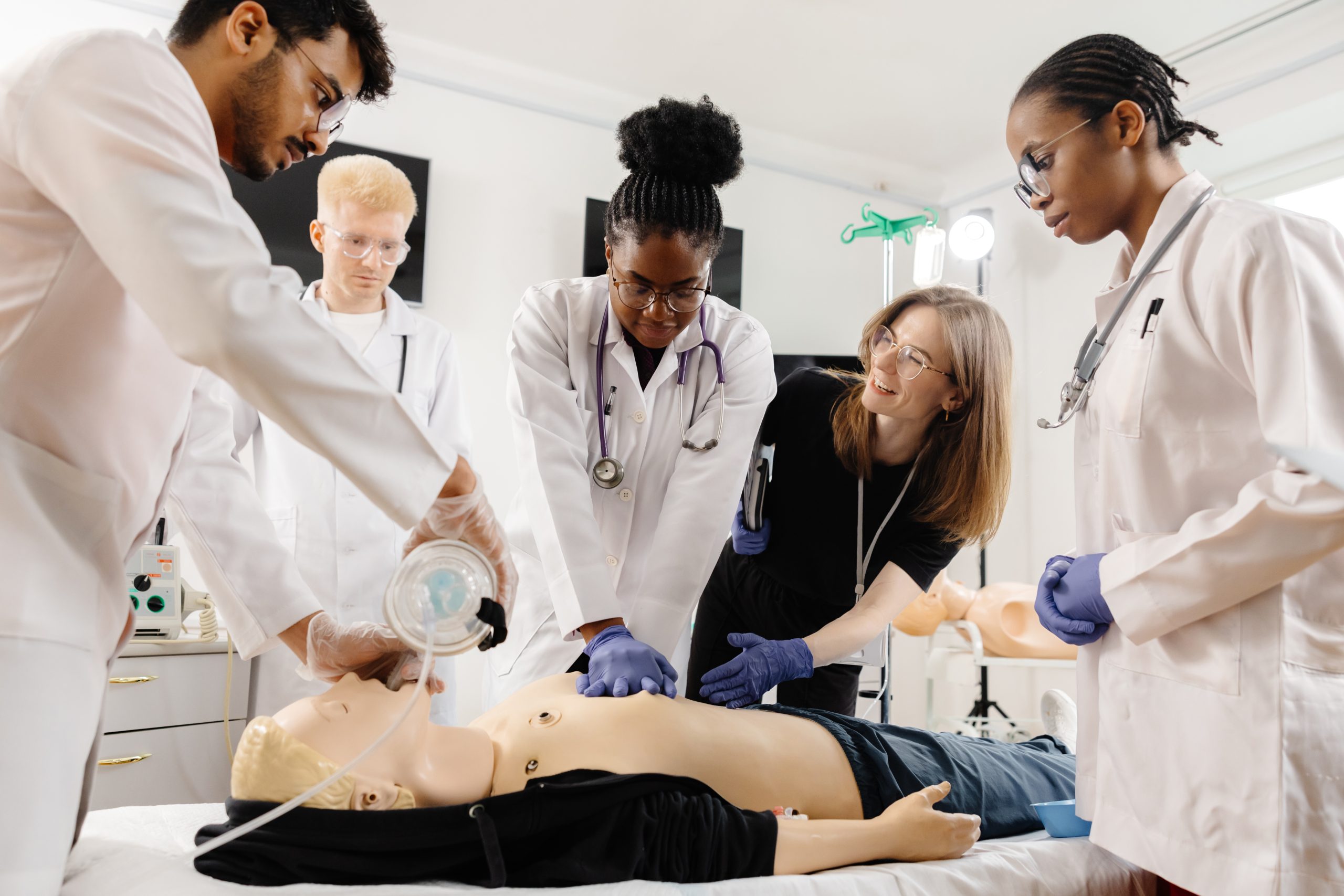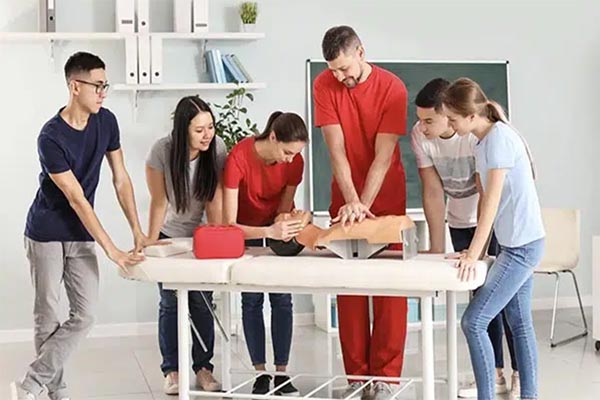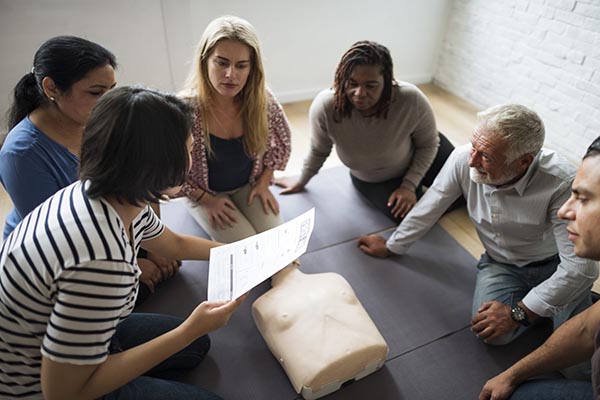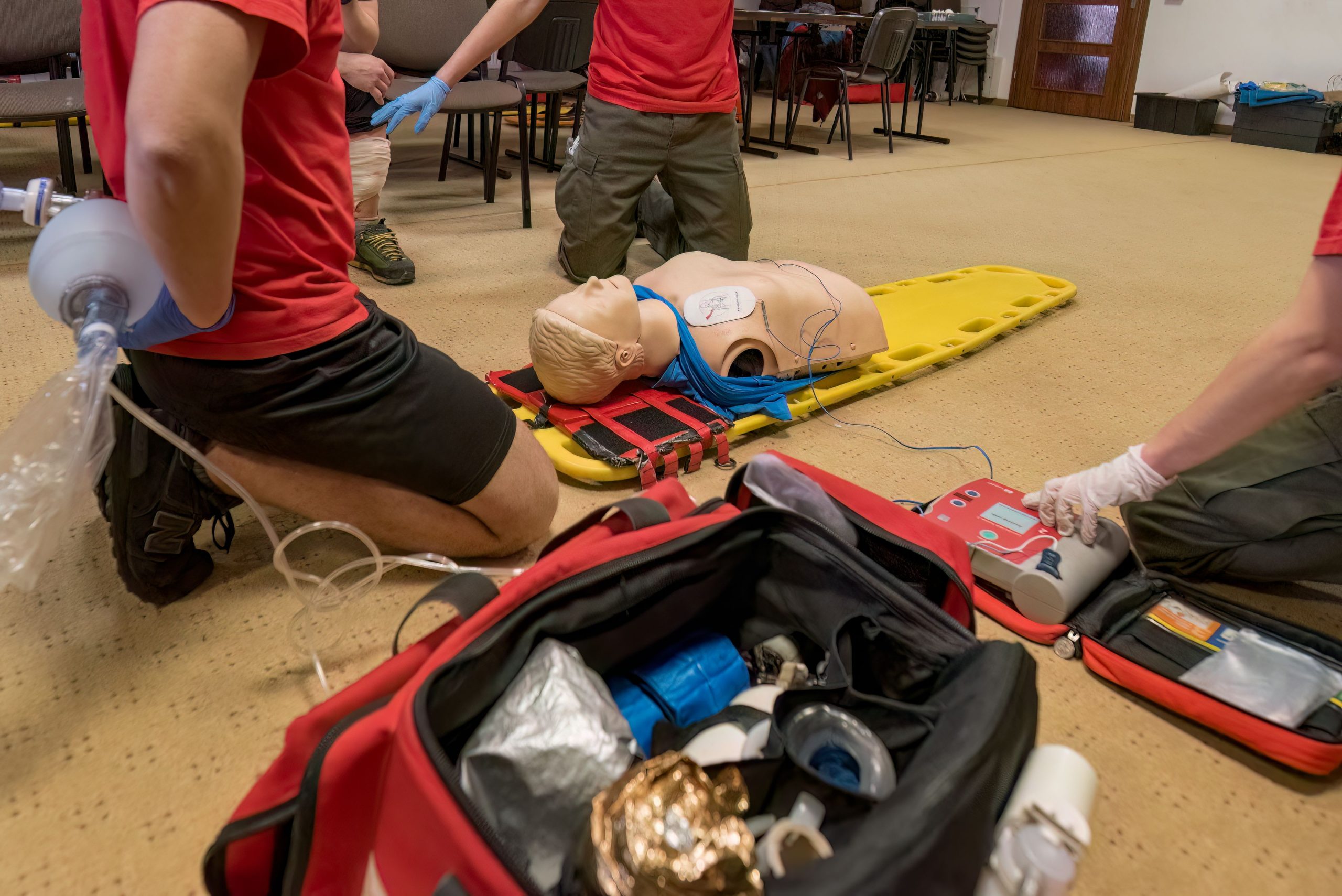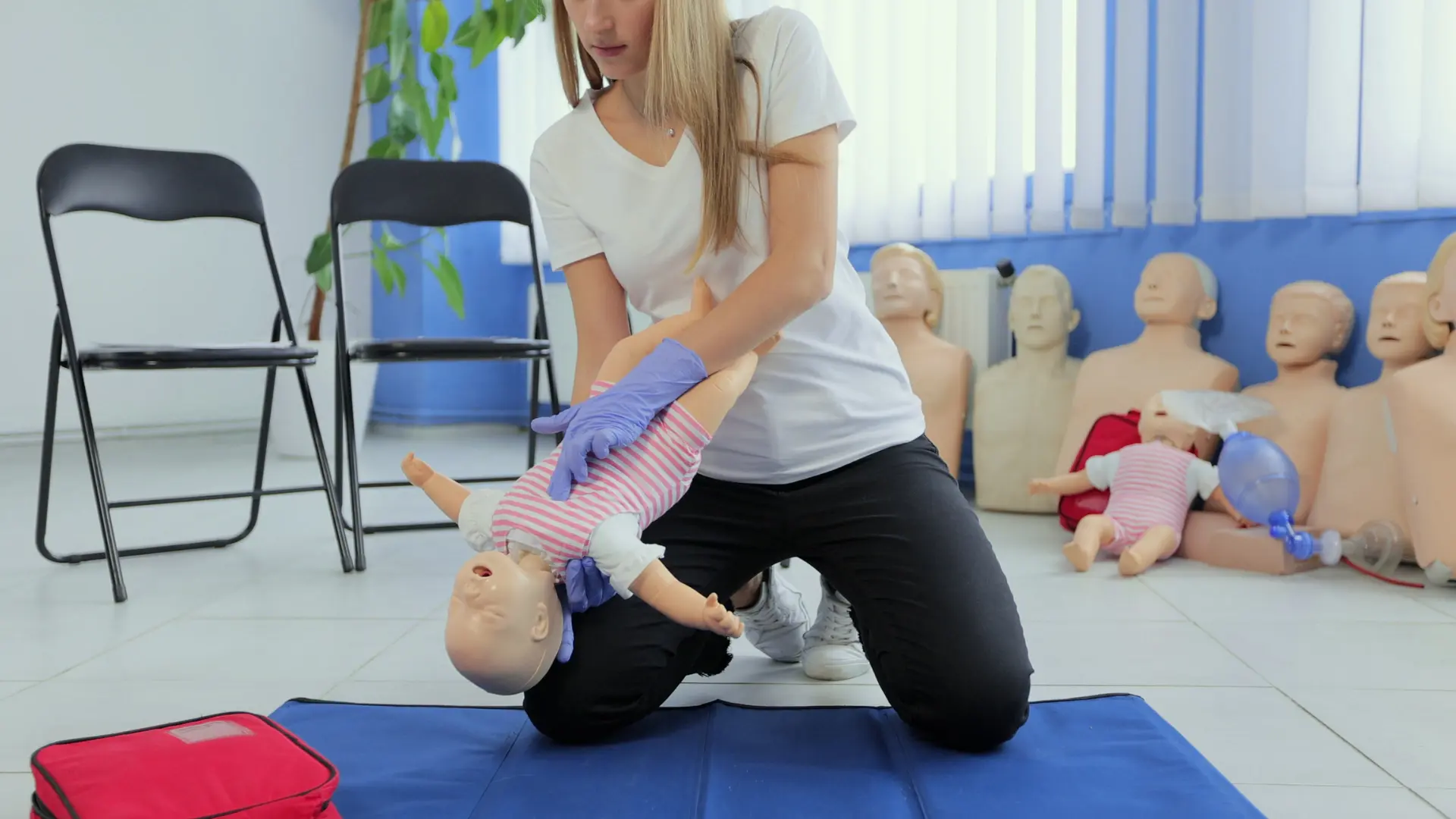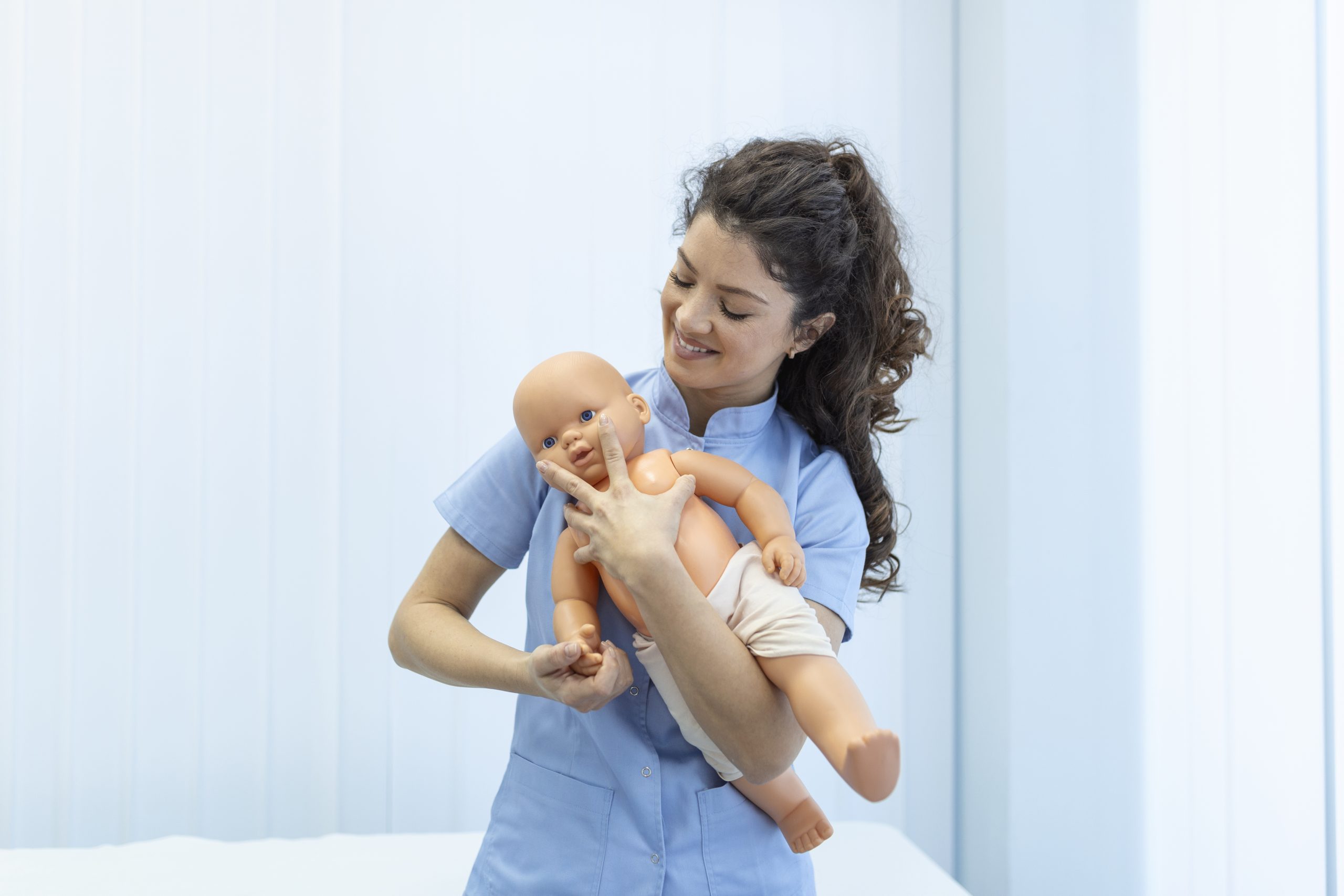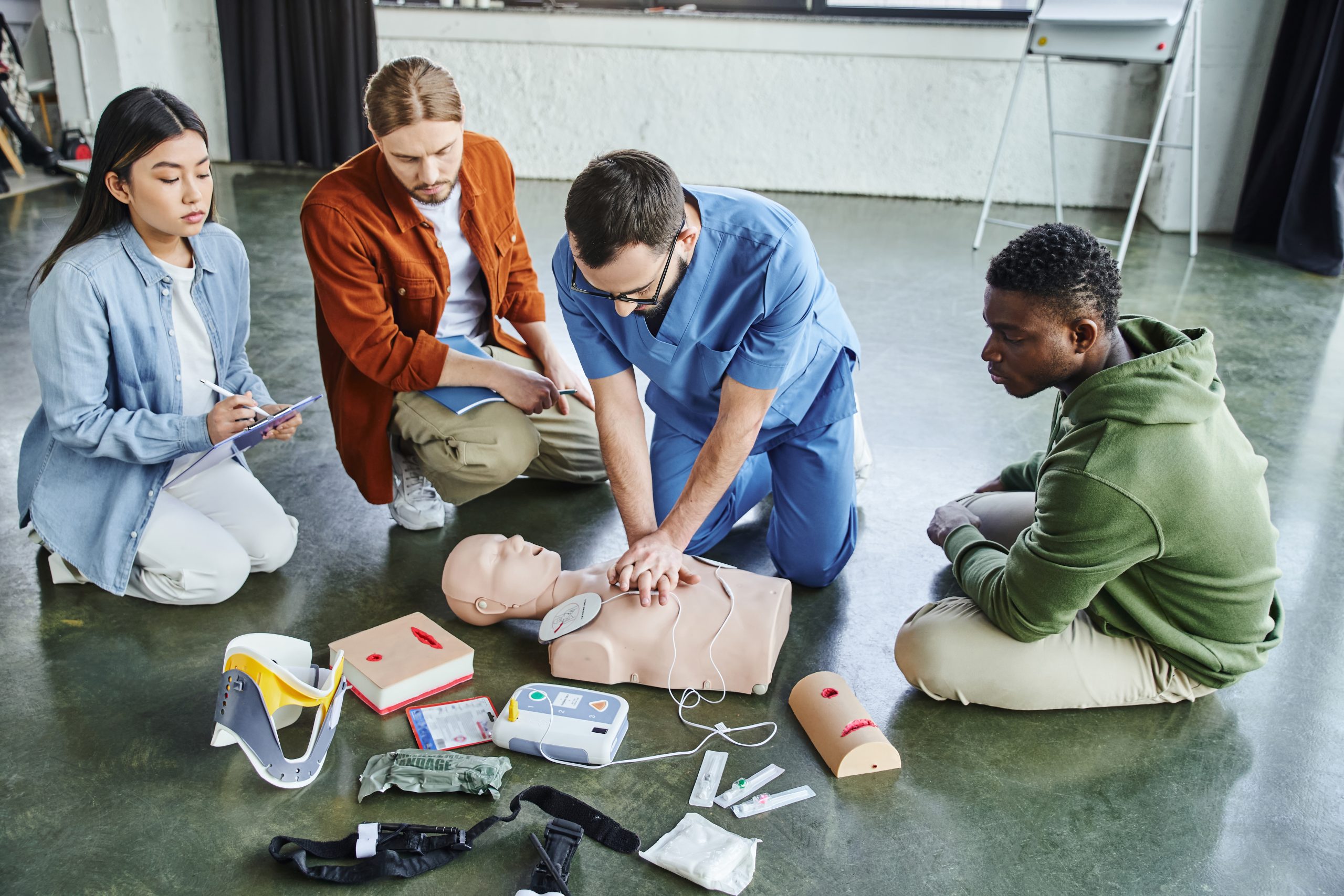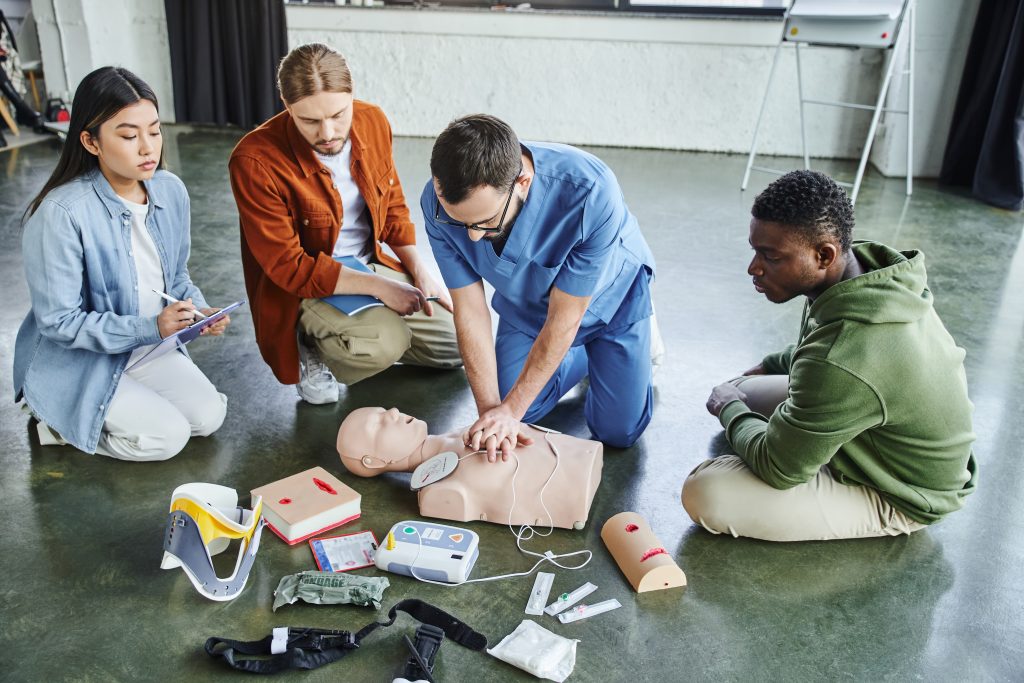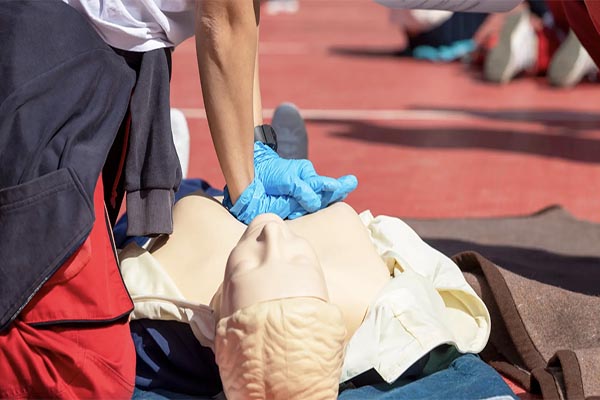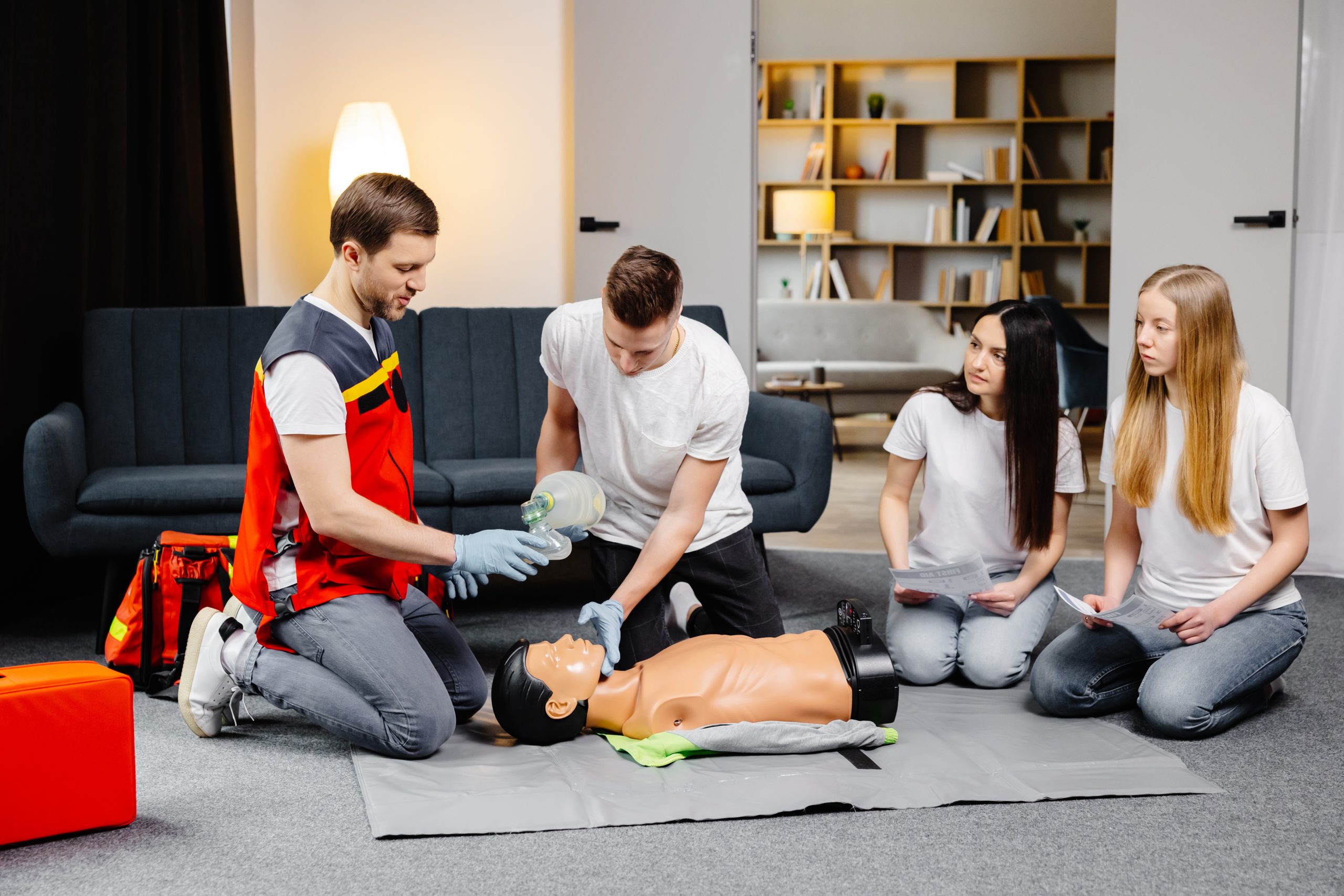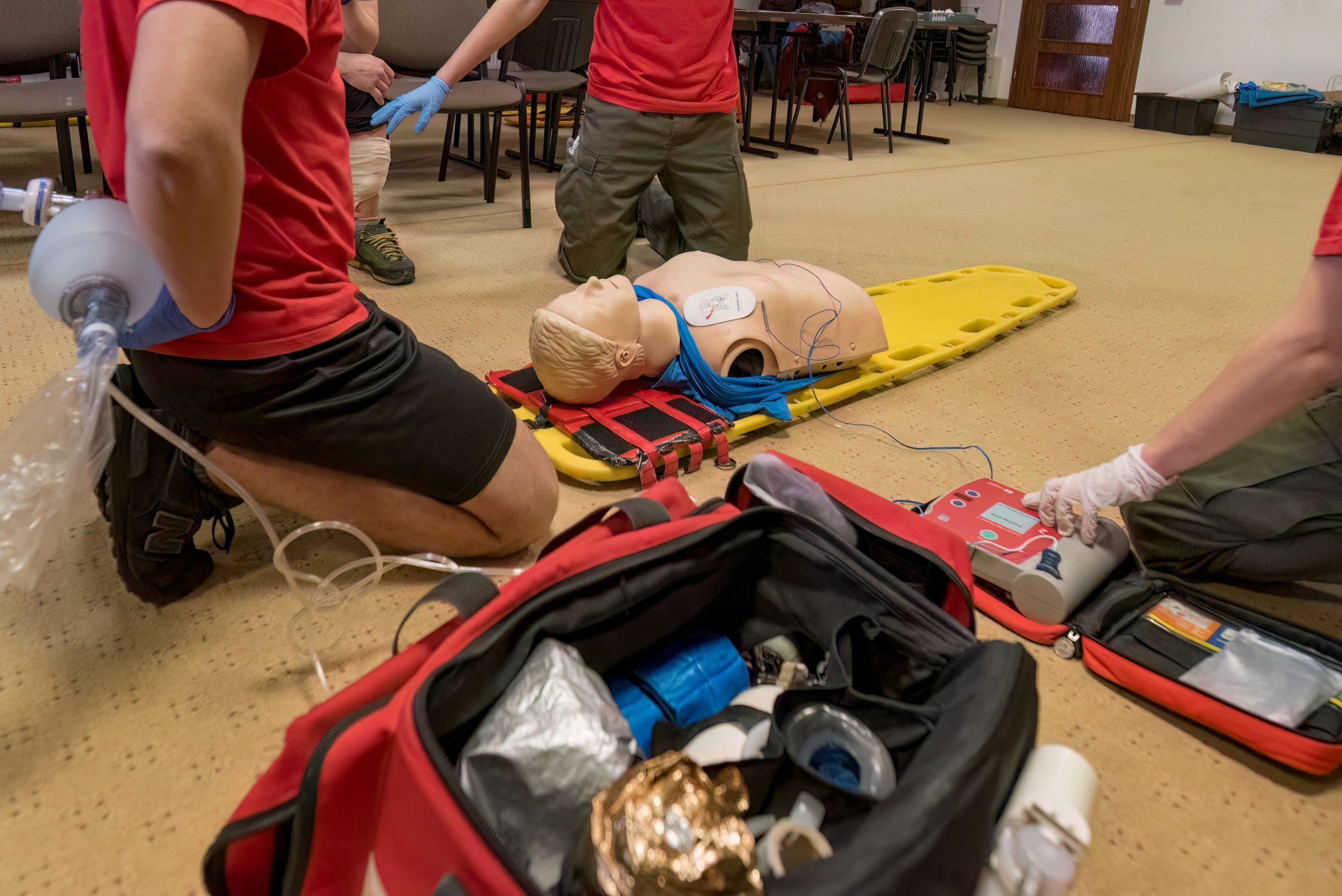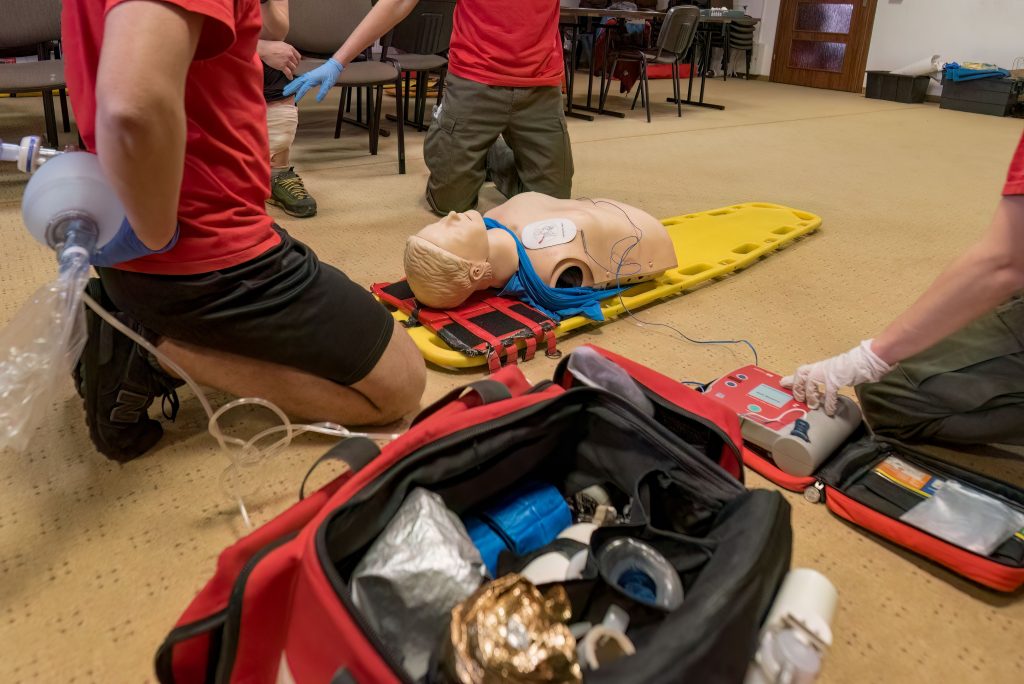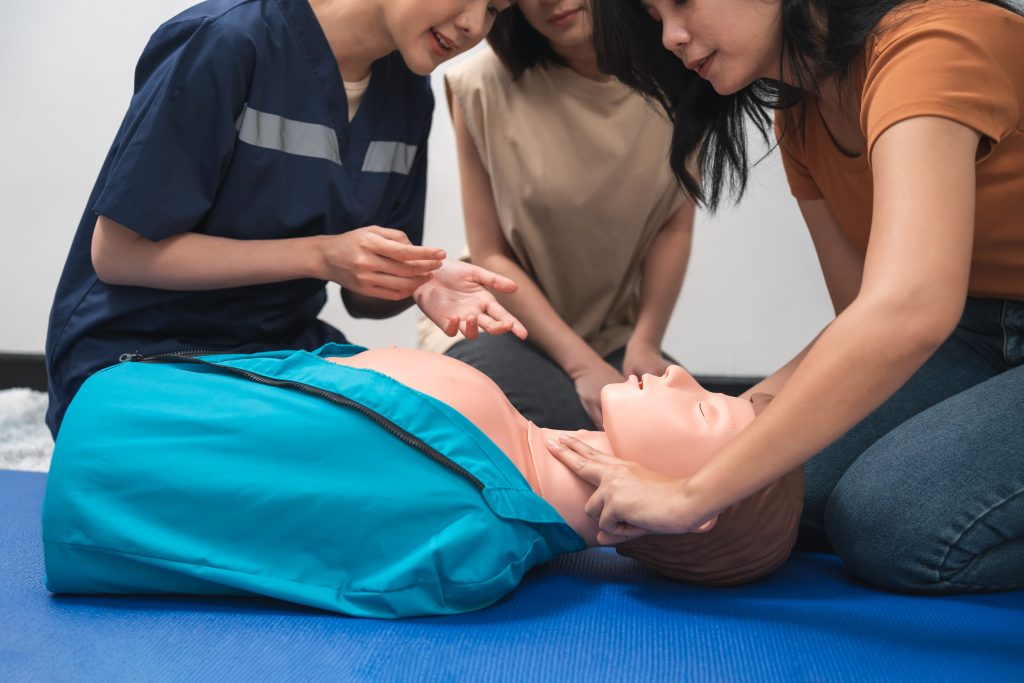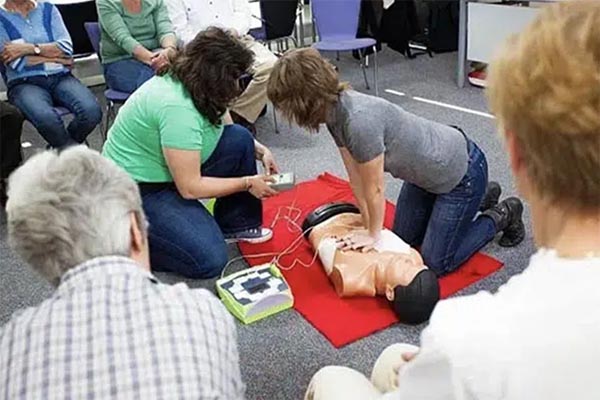Top Industries in San Antonio, TX That Require CPR Certification: Are You Prepared?
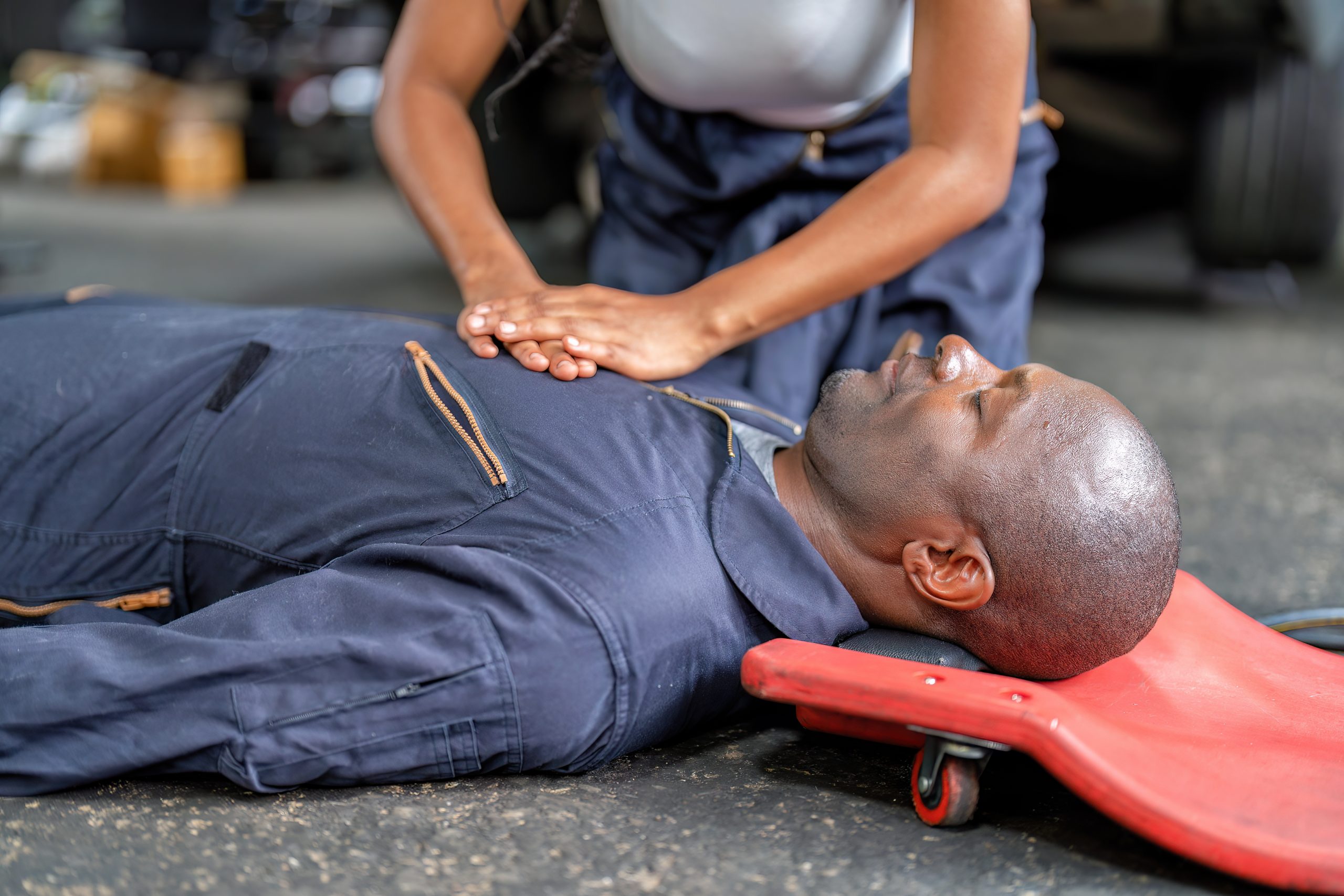
Top Industries in San Antonio, TX That Require CPR Certification: Are You Prepared?
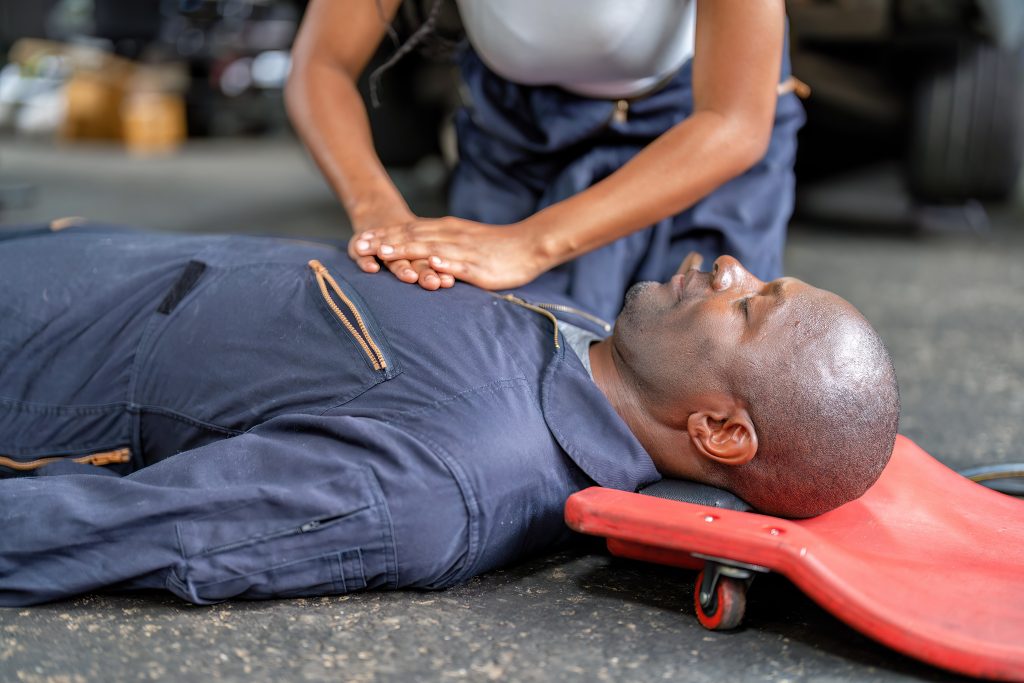
San Antonio is known for its rich history, iconic River Walk, and vibrant cultural festivals—but there’s another side of the city that’s equally important yet often overlooked: workplace safety. Specifically, CPR (Cardiopulmonary Resuscitation) training.
If you live in San Antonio and are wondering whether you need CPR certification for your job or career goals, you’re not alone. As the city expands, more industries are requiring employees to be CPR-certified. And it’s not just for doctors or first responders anymore.
In this guide, we’ll explore the top industries in San Antonio that require or strongly recommend CPR training—and why it might be time for you to get certified through CPR Classes Near Me even if your job doesn’t demand it (yet).
Healthcare: The Obvious Front-Runner
Let’s start with the most obvious: the healthcare industry. San Antonio is home to several major healthcare systems including Methodist Healthcare, University Health System, and Baptist Health System. These employers are some of the largest in the region and they all have one thing in common—a strict requirement for CPR certification.
Whether you’re a nurse, physician, medical assistant, radiology tech, or even front-desk staff in certain clinics, you’ll likely need CPR training.
👉 Explore BLS courses in San Antonio now
Why CPR Matters Here:
Every second counts in a medical emergency, and knowing how to perform CPR can save a life before the crash cart even rolls in.

Education: Teachers and Childcare Workers Take Note
Think CPR is just for people in scrubs? Think again. Teachers, especially those working in early childhood education or special needs programs, are often required to maintain CPR and First Aid certification.
San Antonio Independent School District (SAISD), Northside ISD, and private institutions have policies requiring CPR training for coaches, P.E. teachers, after-school care staff, and bus drivers.
👉 Book a CPR and First Aid combo class nearby
Why CPR Matters Here:
When kids are involved, there’s no room for hesitation. Allergic reactions, choking incidents, or playground accidents can happen without warning.
Hospitality and Tourism: The Unexpected Player
With top attractions like the Alamo, SeaWorld, Six Flags Fiesta Texas, and the bustling River Walk, San Antonio’s tourism and hospitality scene is massive. Hotels, theme parks, and restaurants bring in millions of visitors each year—and the staff behind the scenes need to be ready for anything.
Lifeguards at water parks and pools? Definitely need CPR. Front desk clerks at hotels? Increasingly being asked to certify. Even large event staff and festival organizers often include CPR certification as part of their emergency preparedness protocols.
👉 Find CPR certification for hospitality roles
Why CPR Matters Here:
When you’re serving hundreds or thousands of guests, someone is bound to have a medical issue. CPR training means you’re not just a bystander—you’re a potential lifesaver.
Construction and Skilled Trades: High-Risk Jobs Need Fast Action
Construction work in San Antonio is booming. New housing developments, downtown renovations, and infrastructure improvements are everywhere. But where there’s progress, there’s also risk.
Falls, electrical shocks, or sudden cardiac arrest due to heatstroke or stress can—and do—happen on the job. While CPR certification isn’t legally required for all construction roles, OSHA and many employers recommend or require it for supervisors, safety coordinators, and project managers.
👉 OSHA-recommended CPR classes available here
Why CPR Matters Here:
In construction, it’s all about immediate response. Minutes can mean the difference between life and death on a job site.

Public Safety: Firefighters, Police, and EMS—Built on CPR
This one’s a no-brainer. Firefighters, EMTs, and police officers are trained to be first on the scene—and CPR is a core skill. But here’s something many don’t realize: even civilian support staff within these agencies may require CPR training.
If you’re working a desk job at the San Antonio Fire Department or doing community outreach for the police department, you may still need basic life-saving certification to meet departmental protocols.
👉 CPR courses for law enforcement and first responders
Why CPR Matters Here:
Public safety workers don’t have the luxury of waiting for help—they are the help. And even for civilian roles, having CPR skills enhances the overall safety net.
Military and Government Roles
San Antonio has a strong military presence with bases like Lackland Air Force Base and Fort Sam Houston. Many civilian and enlisted positions across military operations require CPR, especially in medical support, logistics, and emergency planning roles.
The same goes for city government roles tied to emergency management, Parks and Rec, and youth programs. These agencies often follow the same safety protocols as healthcare or education institutions.
👉 Military-friendly CPR training options here
Why CPR Certification Matters More Than Ever
Even if your job doesn’t require CPR certification right now, having it on your resume can be a powerful differentiator. Many employers view it as a sign of responsibility, preparedness, and leadership. Plus, let’s be honest—it’s an empowering skill to have in real life.
Imagine being able to help a neighbor, a family member, or even a stranger in a critical moment. That’s not just workplace readiness—that’s being a hero in your everyday life.
Where to Get CPR Certified in San Antonio
So, now that you know the industries that care about CPR training, the next question is: Where do you get certified?
👉 The answer? Right here: CPRClassesNearMe.com
Whether you’re a healthcare worker, teacher, construction foreman, or swim coach, there’s a course tailored to your career.
Final Thoughts: Are You Prepared?
In a city as dynamic as San Antonio, CPR certification is more than just a checkbox for healthcare workers—it’s a rising standard across multiple sectors. Whether you’re teaching third grade, managing a hotel, or working on a construction site, being trained in CPR gives you an edge in safety and confidence.
So if your industry made this list—or even if it didn’t—it might be time to search CPR classes near you and take that step. Because in San Antonio, where opportunity and community go hand in hand, being prepared could mean saving a life.
AHA BLS CPR & AED Classes
FAQ
Our primary goal is to ensure that you receive a top-quality CPR/First Aid certification. With our in-person training in Austin, you can learn CPR and BLS in just one class. Your presence is all that’s needed to continue with your lesson! During your session, you will complete all the live-training components necessary to ensure you receive your AHA Healthcare Provider certification card.
Our CPR Classes in Austin are discounted to $59.95 (saving you $20), and our CPR + First Aid Class is offered at $79.95 (also saving you $20). When looking for CPR Classes, ensure to check for the American Heart Association seal. Other sites might seem cheaper but frequently lack the official training credentials demanded by employers.
Upon successful completion of the course, you will obtain a CPR certification that is valid for two years. The AHA CPR certification is recognized with the highest acceptance rate among employers nationwide.
Indeed! Enroll in any CPR Certification Austin BLS course to extend your certification for an additional two years. The in-person BLS course and the Renewal Class are identical.
Anyone capable of completing the course independently should consider pursuing CPR training and CPR Certification. There is no minimum age restriction for obtaining a CPR certification in Austin through the American Heart Association (AHA)..
CPR training needs to be carried out in person to guarantee its effectiveness. Our experienced instructors offer an engaging and dynamic learning experience. Typically, employers do not recognize CPR certifications that are obtained solely through online courses.
All authorized American Heart Association training centers are obligated to display the entire video. After a three-hour session with CPR Classes Near Me Austin, your BLS CPR eCard will be promptly issued by the instructor on the same day!
Recent Posts
- How to Renew Your CPR Certification in Austin, TX: The Step-by-Step Process
- The Power of the AED: Understanding Automated External Defibrillators
- Choking Emergency: Your Guide to Life-Saving Relief in Austin
- Safeguarding Little Lives: Essential First Aid for Austin’s Educators
- Austin ER: Critical Team Dynamics in Resuscitation

